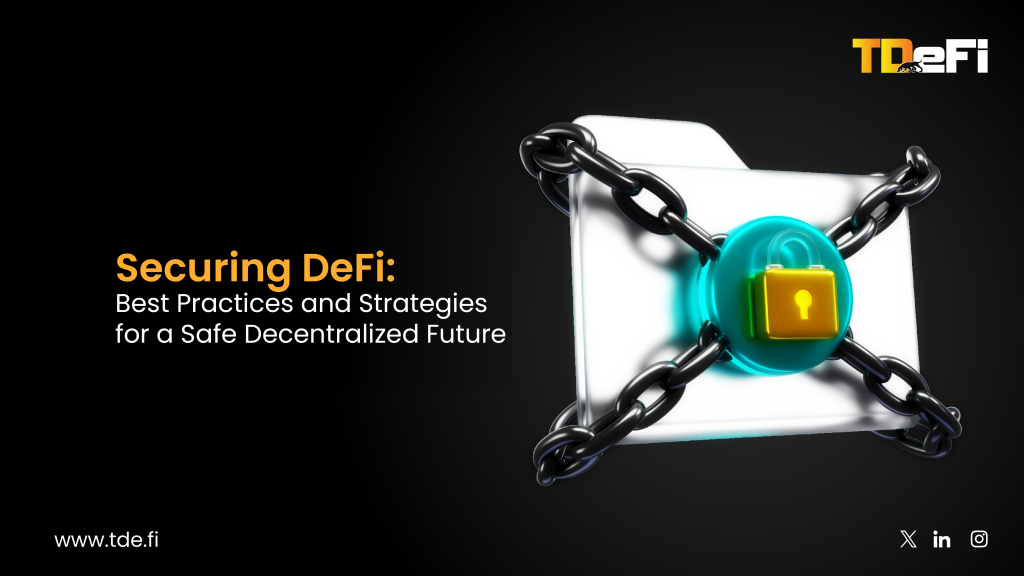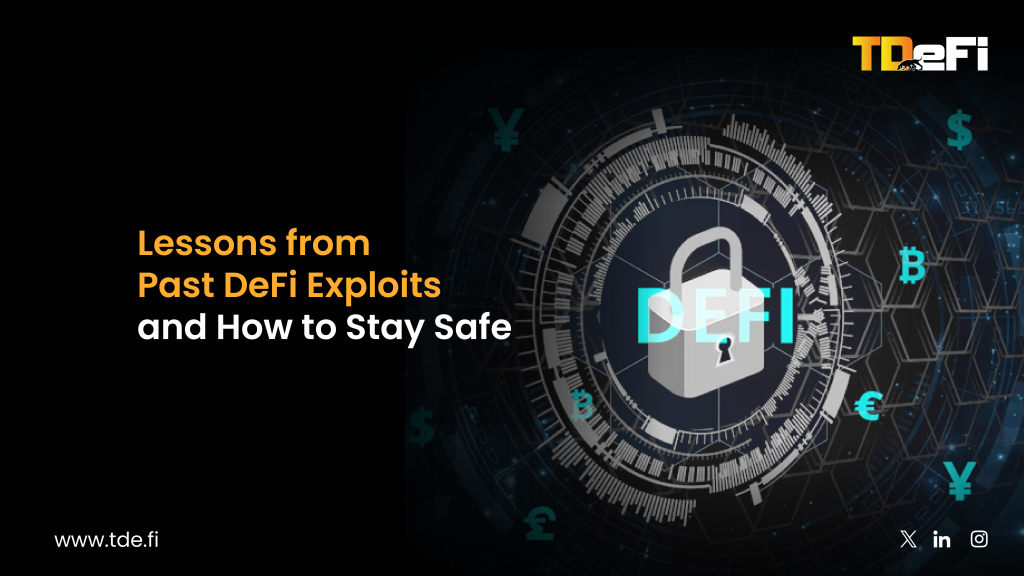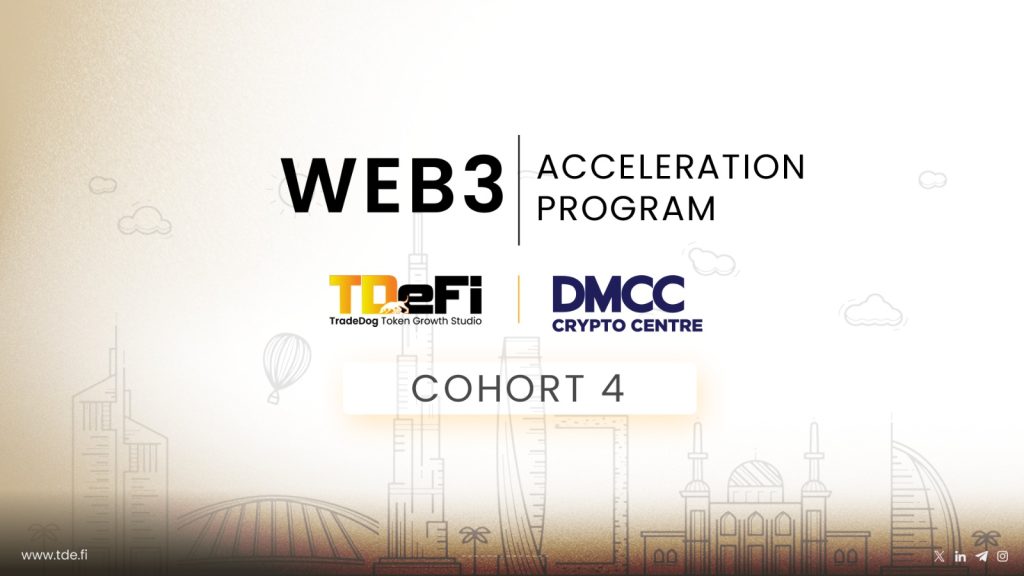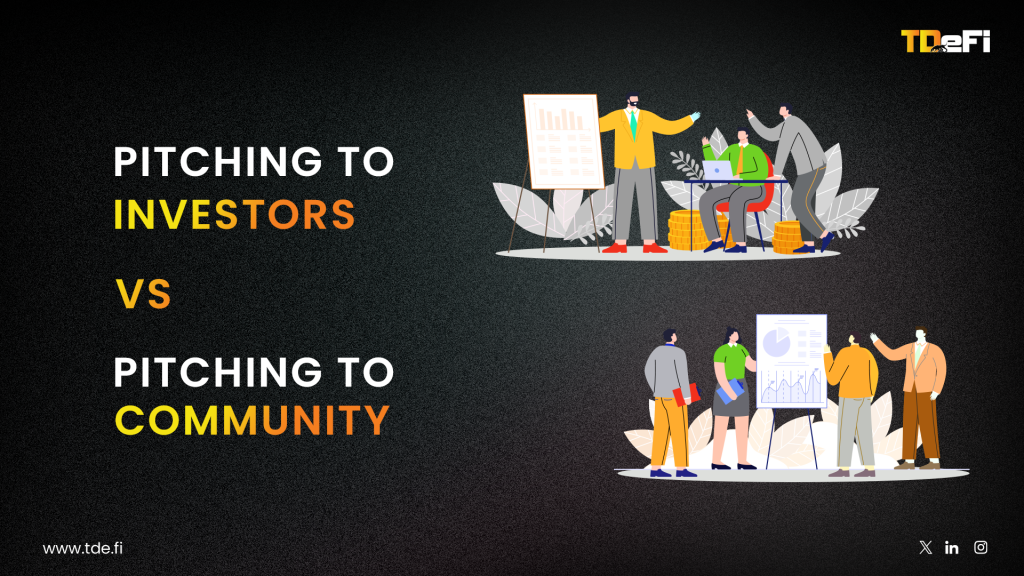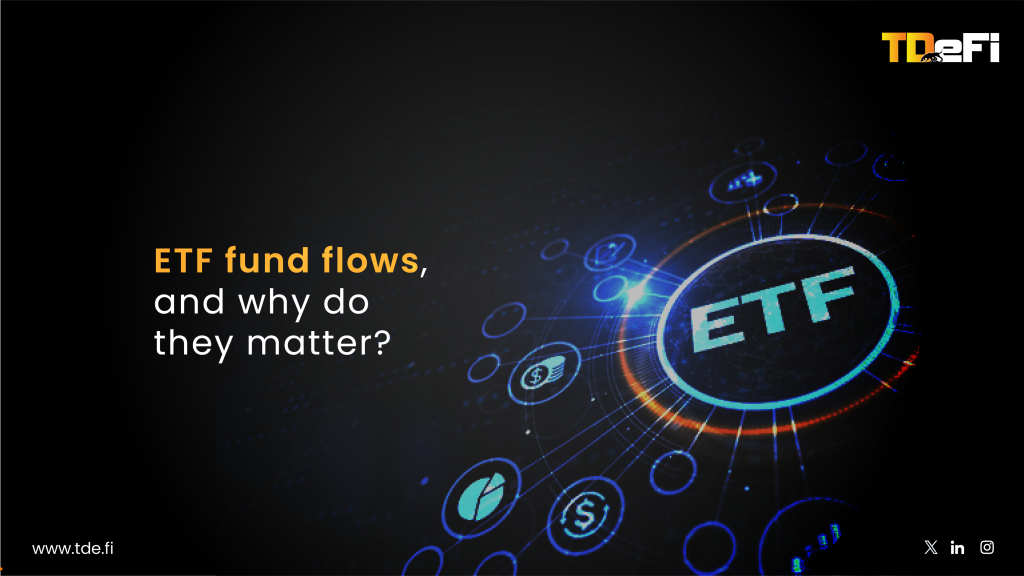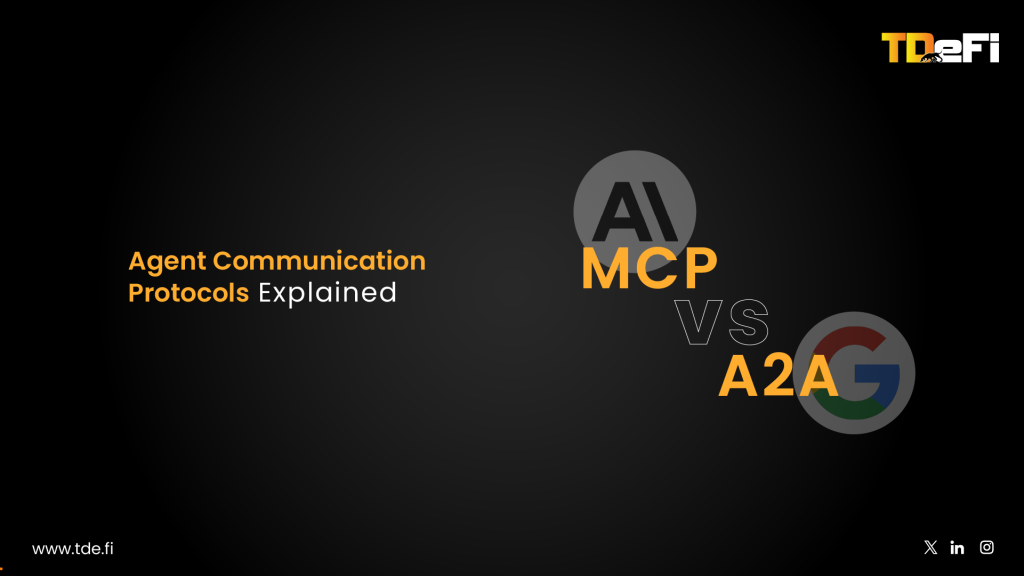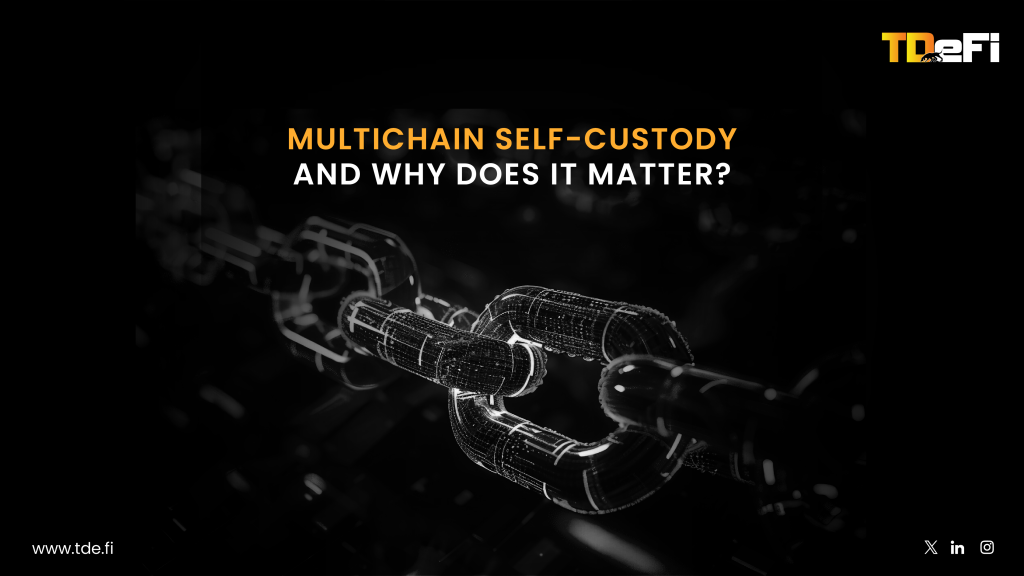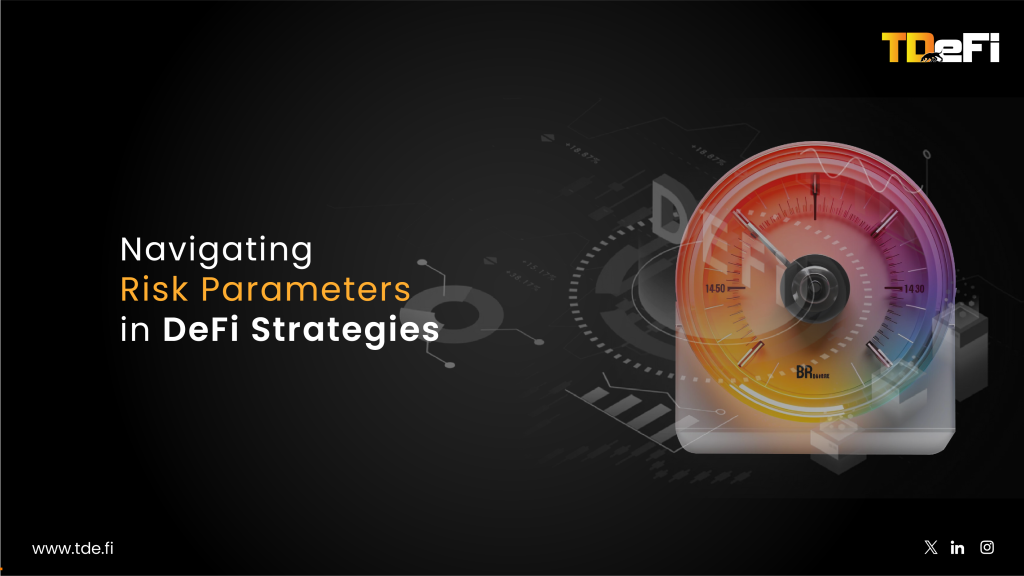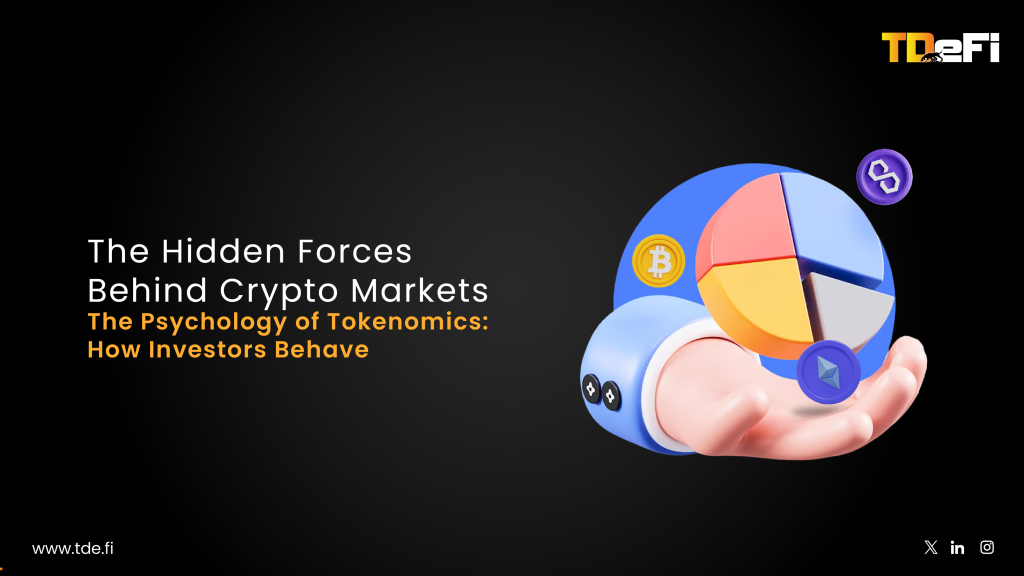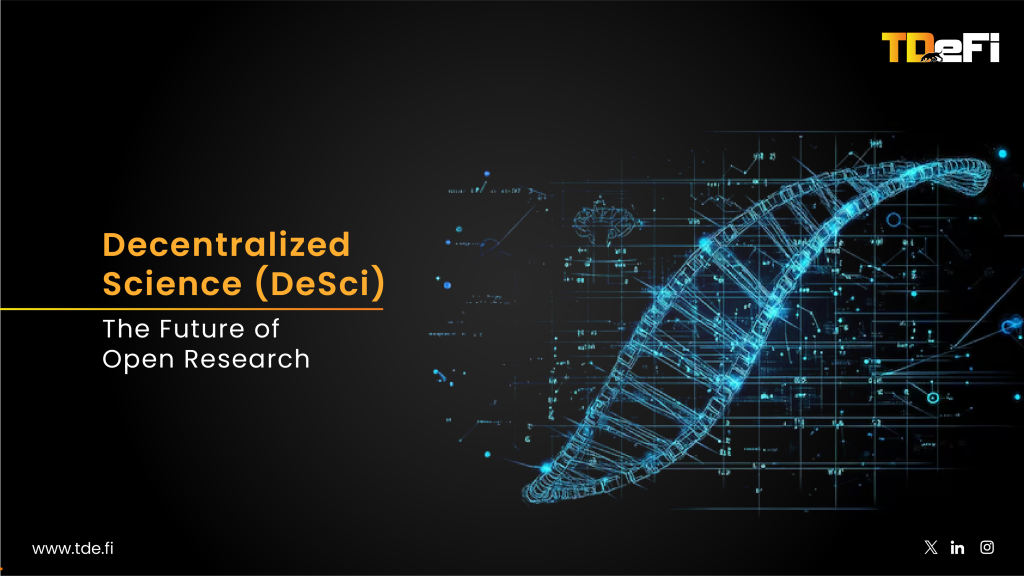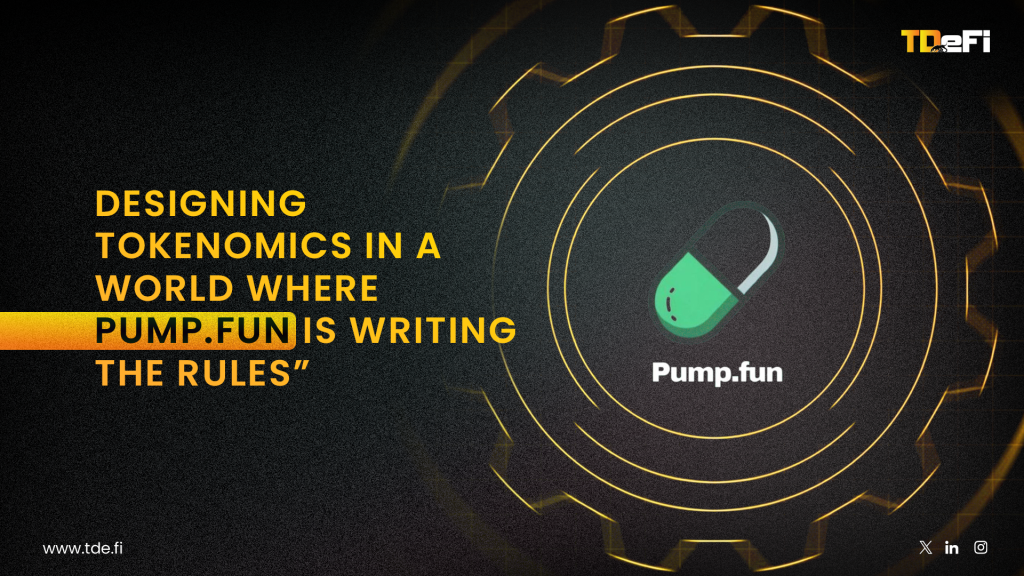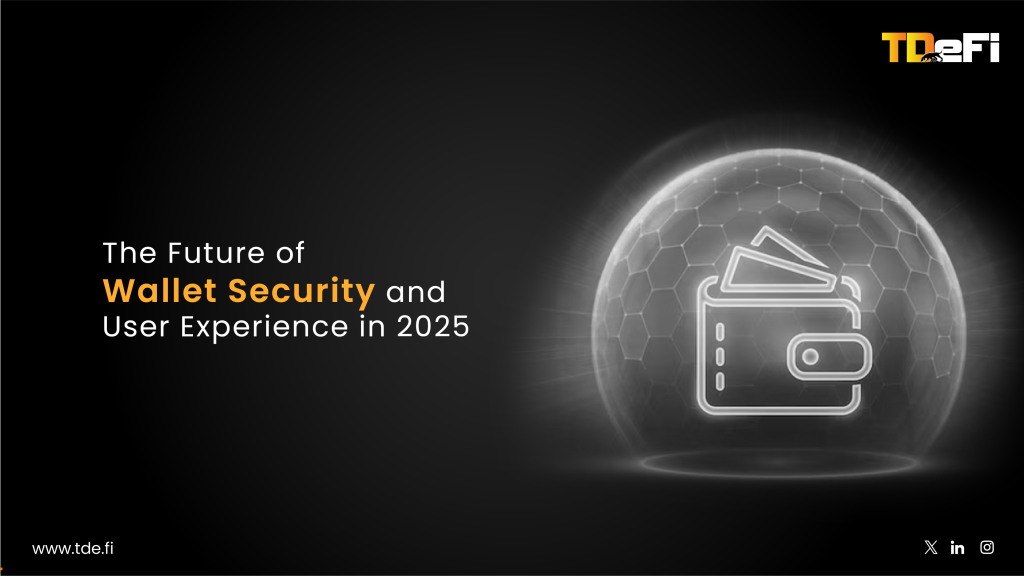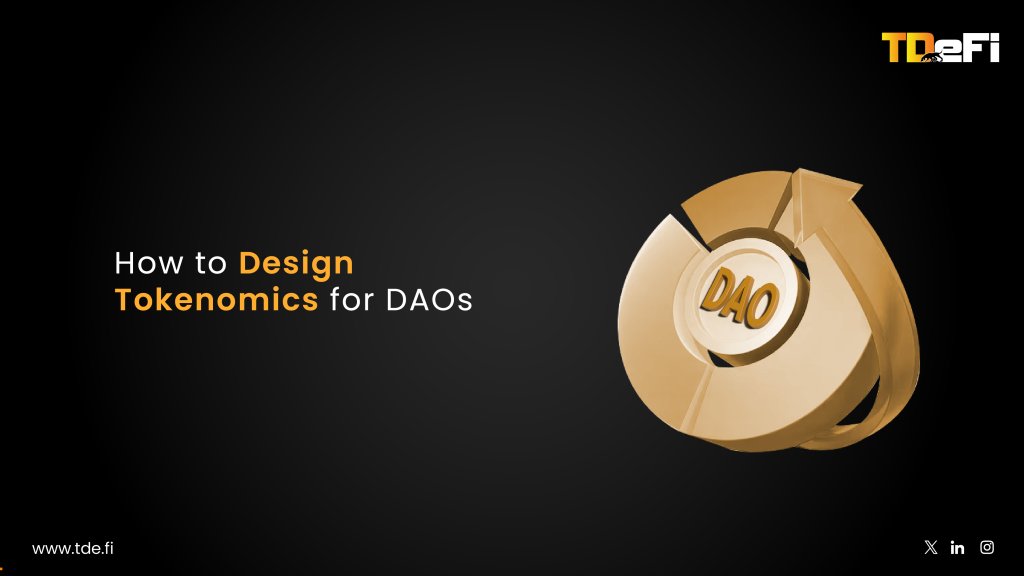The Markets in Crypto-Assets (MiCA) regulation represents a watershed moment for cryptocurrency regulation in the European Union, establishing the world’s most comprehensive legal framework for digital assets. Fully implemented as of December 2024, MiCA introduces standardized rules across all 27 EU member states, creating regulatory clarity in a previously fragmented landscape while aiming to protect investors and promote innovation.
The Evolution and Purpose of MiCA
The groundwork for MiCA began in 2018 amid growing public interest in cryptocurrencies. By 2024, Europe had an estimated 31 million crypto users, highlighting the need for coherent regulation. After 18 months of debate, the EU passed MiCA in 2022, with the European Commission formally adopting it as part of a broader digital finance package intended to transform the European economy.
MiCA provides legal certainty for cryptocurrencies, security tokens, and stablecoins, similar to how the Markets in Financial Instruments Directive (MiFID) functions for traditional securities markets. It covers the entire ecosystem of crypto market participants, including issuers, trading platforms, exchanges, and custodian wallet providers. Notably, MiCA permits traditional financial institutions to engage in crypto-market activities provided they have proper authorization under MiFID I.
The regulation was implemented in two distinct phases:
- Phase 1 (June 30, 2024): Regulations on asset-referenced tokens (ARTs) and e-money tokens (EMTs) became applicable
- Phase 2 (December 30, 2024): Provisions covering other crypto-assets and crypto-asset service providers (CASPs) came into effect.
Key Components of the Regulatory Framework
Classification of Crypto-Assets
MiCA defines crypto-assets as “digital representations of value or rights that can be electronically transferred and stored using distributed ledger technology or similar technology”. The regulation establishes three primary categories:
1. E-money tokens (EMTs): Crypto-assets that maintain stable value by referencing one official currency, such as USDT (Tether) for USD or EURC (Circle) for the euro
2. Asset-referenced tokens (ARTs): Tokens that reference multiple currencies, commodities, or other assets to maintain stability
3. Other crypto-assets: All remaining tokens not classified as EMTs or ARTs, including most cryptocurrencies like Bitcoin and Ethereum
Importantly, MiCA does not apply to crypto-assets that qualify as financial instruments, deposits, funds, securitization positions, or insurance products, as these already fall under existing EU financial regulations.
Licensing and Operational Requirements
One of MiCA’s most significant innovations is the introduction of a “passportable” license. Crypto-asset service providers must obtain authorization from a regulatory authority in one EU member state, after which they can operate across the entire EU without securing additional licenses. This drastically simplifies cross-border operations compared to the previous patchwork of country-specific regulations.
To obtain this authorization, CASPs must meet stringent requirements:
- Establish a registered office within the EU with at least one EU-based director
- Implement robust AML systems and procedures for data security and business continuity
- Maintain adequate security measures to protect customer assets and segregate them from company assets
- Accept responsibility for loss or damage to assets in custody
- Periodically review the effectiveness of their policy arrangements and procedures
- Act honestly, fairly, and professionally in clients’ best interests
Consumer Protection Measures
MiCA places strong emphasis on consumer protection through transparency requirements:
- CASPs must ensure all communications with clients are fair, clear, and transparent
- Marketing materials cannot mislead clients about advantages of crypto-assets and must warn about associated risks
- Pricing, costs, and fee policies must be published in a prominent place on company websites
- Information about the environmental impact of crypto-assets must be disclosed
- Crypto-asset issuers must develop and publish white papers detailing their projects, technology, and potential risks
The Travel Rule and AML Requirements
A crucial component of MiCA is its integration with the Transfer of Funds Regulations “Travel Rule,” which requires CASPs to include specific sender and receiver information with every crypto-asset transfer. This rule aims to enhance traceability and combat money laundering, terrorist financing, and other illicit activities.
Notably, the EU’s implementation goes beyond the Financial Action Task Force (FATF) recommendations by requiring Travel Rule compliance for ALL crypto transfers with no minimum threshold, while FATF only requires it for transfers over €1,000.
Impact on the Crypto Industry
Market Evolution and Consolidation
The stringent compliance requirements of MiCA have already begun to reshape the European crypto landscape. Industry experts widely agree that these regulations will likely trigger significant market consolidation, particularly affecting smaller players in Eastern European countries where preparedness remains low.
For small players, MiCA compliance requirements might lead to increased market consolidation, with a likely rise in mergers and acquisitions. While major market participants can absorb the costs of compliance, smaller crypto businesses with limited resources may struggle to meet the requirements.
This consolidation trend has both benefits and drawbacks. On one hand, it boosts investor confidence and reduces market fragmentation by ensuring only compliant entities remain. On the other hand, it raises concerns about reduced diversity and innovation, as smaller firms often drive market creativity.
Innovation and Global Influence
Despite potential consolidation challenges, MiCA also presents significant opportunities for innovation. The regulatory clarity it provides allows businesses to operate within a well-defined framework, potentially encouraging traditional financial institutions to enter the crypto space.
The regulatory shift introduced by MiCA is widely recognized as significant, and many industry participants feel underprepared. However, it is also viewed as a necessary step, establishing a robust framework that can foster institutional trust in digital assets. Proponents argue that this clarity is essential for long-term growth, suggesting that European players stand to benefit as the crypto industry moves into its next phase of mainstream adoption.
MiCA’s influence extends far beyond Europe’s borders. As the EU represents the world’s largest internal market with 450 million relatively wealthy consumers, the regulation will likely shape how other jurisdictions approach crypto regulation. Many global companies may adopt MiCA’s standards to maintain streamlined international operations, effectively making it a de facto global standard.
Conclusion
MiCA represents a watershed moment in crypto regulation, establishing the most comprehensive framework for digital assets globally. By providing regulatory clarity, enhancing consumer protection, and creating a level playing field across the EU, it addresses many of the challenges that have plagued the crypto industry.
While the regulation presents compliance challenges, particularly for smaller players, it also creates significant opportunities for businesses ready to operate within a regulated environment. The passporting system streamlines cross-border operations, and the enhanced trust in regulated entities may attract institutional investors previously hesitant to engage with crypto markets.
As the first major crypto businesses secure MiCA licenses and begin operating under the new framework, the regulation’s full impact on innovation, market structure, and global regulatory approaches will become increasingly clear. What is already certain is that MiCA has fundamentally changed the landscape for crypto-assets in Europe and established a regulatory benchmark that will influence digital asset governance worldwide.






